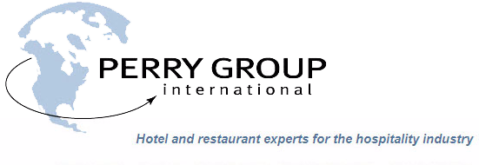One key area being watched by investors and their hotel asset management firms is the disparity between hotel values and lodging demand. Although there are still stories about weak occupancies and average room rates, this doesn’t seem to be deterring investor’s price appetite for luxury properties in the USA and what they are paying per key (i.e. available room). Examples of these hotel real estate transactions were reported this past week in Bloomsberg News. According to Real Estate Capital Analytics Inc., hotel room prices jumped to $185,000 per key which is up over the peak in 2006 at $153,000. Here are a two abstracts on the value side of that story: “This year’s jump is the result of a surge in luxury-hotel transactions and more purchases by real estate investment trusts, particularly in large cities. While lodging occupancies and rates are climbing, the gains aren’t enough to keep up with prices being paid for some full-service properties, said Rick Kleeman, managing partner at Wheelock Street Capital LLC, a real estate investment firm in Greenwich, Connecticut.” “Pricing is pretty aggressive,” Barry Sternlicht, founder of real estate investor Starwood Property Trust Inc. (STWD), said in an interview at the New York University International Hospitality Industry Investment Conference in New York on June 6. “Even for generic hotels you get 20, 30 bids.” Read a related blog as part of our hotel consultants group on valuation here. However, if your hotel asset management firm is charged with paying hotel cap rates based on current income as reported in this article, occupancies and rates may not support the asking prices of the hotels being marketed right now. These parts of the story on the demand side suggest the value should be but are not lower: “Daily room rates averaged $94.05 last year, and revenue per available room, an industry measure of occupancy and rate, was $42.40, according to Real Capital. That’s “well below” the 2008 peaks of $106.65 and $54.42, said Ben Thypin, an analyst at the firm.” “If people are buying at par or a slight premium, they can justify a price with future growth,” said Charles Pinkham III, vice president of development at Portman. That reasoning has contributed to hotel capitalization rates, a measure of investment yield, falling to record lows of 4 percent last year, according to Steve Rushmore, president and founder of HVS, a hospitality-consulting firm. He expects rates of 3 percent to 5 percent in the luxury tier, and 4 percent to 7 percent for upper-upscale properties, the segment one level below luxury.” “Hotel demand is closely correlated with overall economic growth, so if you think you know what 2014 hotel demand is going to be, you’d have to know what 2014 GDP is going to be,” said Kleeman of Wheelock. “We are less certain we have that answer. One thing you can say for sure for hotels is things can change overnight.” Read a related blog on hotel revenue management concerns and demand here. Are you an investor currently buying or selling hotels? If so, what are your hotel asset management objectives in terms of what to buy and at what capitalization rate. Please share comments and thoughts here.
Share this post





